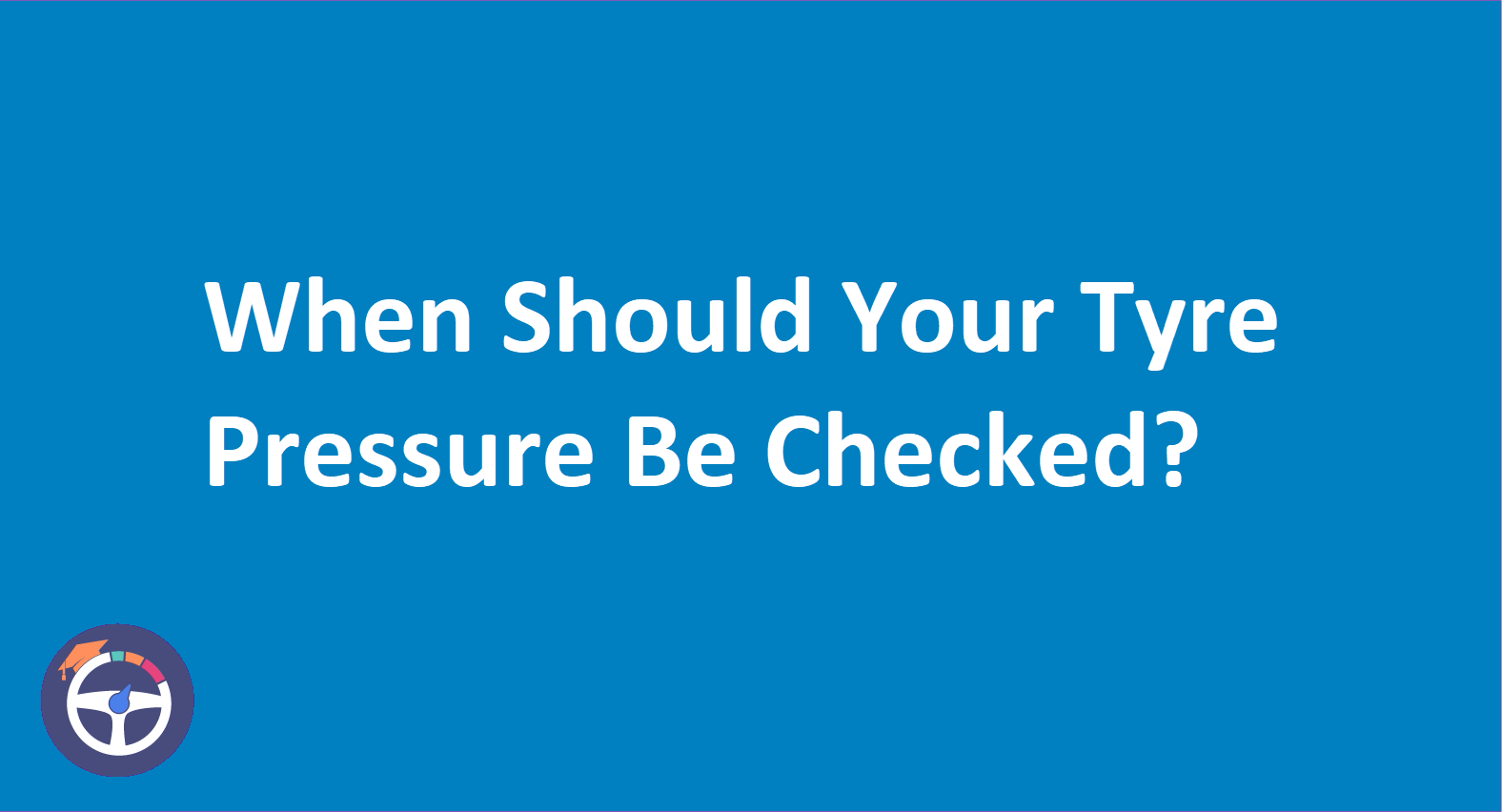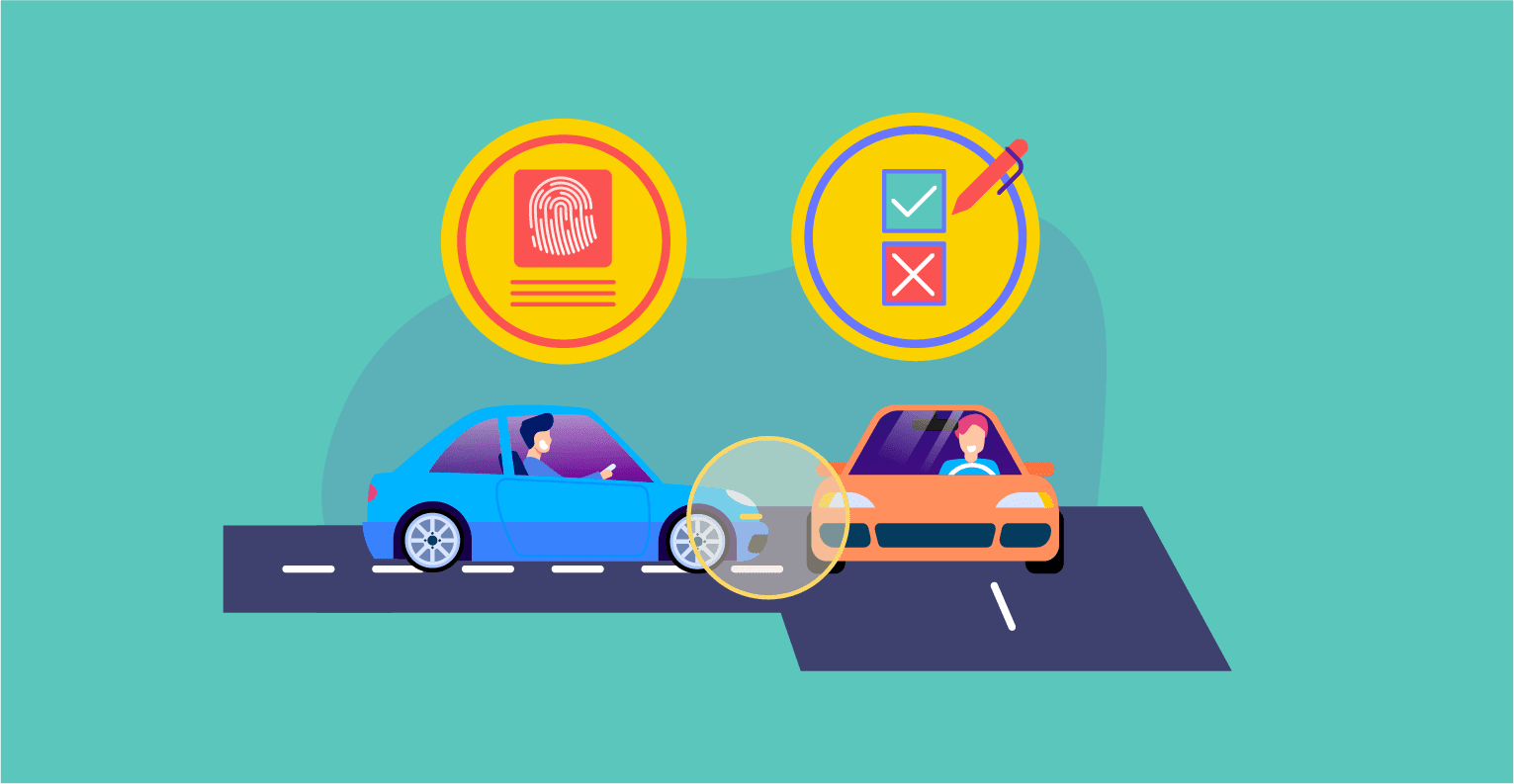Highway Code: How do I learn it?
By zainab on Mar 24, 2020Learning how to drive, you'll not only be rehearsing your clutch control, parallel parking and mirror-signal-maneuver, however, you'll additionally be spending a great amount of time reading The Highway Code.
While preparing for theory tests, A few people see The Highway Code as a burden, having the minimum to get through their theory. In any case, The Highway Code is significantly more than that. It helps drivers, cyclists, and pedestrians on the right side of the law and encourages them to be considerate about others on the road.
Purpose of Highway Code Signs:
The Highway Code was initially introduced in 1931 and has been updated for vehicles, driving practices and laws have changed. The Highway Code UK covers England, Scotland, and Wales, with a different version for Northern Ireland. The point of The Highway Code is to make the streets more secure for everybody.
The Highway Codebook:
You can get a copy of The Highway Code from numerous online retailers and most bookshops. The Highway Code can be accessed free at the Gov.uk site if you want to read it online. The Highway Codebook is composed of different sections for various instances and road users.
This book includes rules for the following:
-
Rules for pedestrians
-
Rules for horse riders
-
Rules for cyclists and motorcyclists
-
Rules for the car, van and lorry drivers
-
General advice on topics like weather, parking, motorways, road works and level crossings
-
Road signs and marking, with their meanings
-
Signals from authority figures and other road users
-
Licence and riding/driving requirements
-
The law and penalties for breaking it
-
Vehicle maintenance, safety and first aid advice
Rules for Pedestrians:
General guidelines for individuals walking on the road, including how to go across the street, understanding various sorts of crossings and how to use them.
Rules for powered wheelchairs and mobility scooters:
Different kinds of mobility vehicles that can be utilized out on the road just as on the pavement and the rules to follow for every situation.
Rules about animals:
People using horse-drawn vehicles and horses, just as individuals with dogs and different creatures.
Rules for cyclists:
Laws for cyclists to follow, including how to deal with junctions and roundabouts.
Rules for motorcyclists:
Covering lawful requirements, for example, helmets and other safety issues, covering travelers and driving at night.
Rules for drivers and motorcyclists:
Rules about covers and vehicle conditions, towing, passenger security, drink-driving and much more.
General rules for all drivers and riders:
General guidelines for all drivers and riders that includes direction, signals, stopping speed limits and lane driving.
Using the road:
General principles on how to use the street securely, for example, overtaking, intersections, roundabouts, and crossings.
Road users requiring extra care:
The special area that is made for pedestrians and cyclists.
Driving in adverse weather conditions:
Step by step instructions to deal with rainfall, fog ice, high breezes, and storms.
Waiting and parking:
Rules on parking, waiting and stopping enforcement.
Motorways: Rules for using motorways securely:
Breakdowns and incidents: What to do in the case of a breakdown or traffic incident.
Roadworks, level crossings, and tramways:
Roadworks, level intersections and tramways. Guidelines on how to locate specific areas
Light signals controlling traffic:
Understanding traffic lights, motorway signals and lane control signals.
Signals to road users:
The most effective method to use signals accurately, and understand others' signs.
Signals by authorised persons:
Understanding arm signals from police and other approved authorities.
Traffic signs:
Understanding the bunch signs you'll experience out and about.
Road markings:
Helping you understand the distinctive road markings and what they mean.
Vehicle markings:
What different vehicle markings mean, including hazard warning plates.
Those are the fundamental zones. Additional sections that give more detail on a wide scope of subjects including penalties, emergency treatment and different types of guidance. There's a lot to cover, however, it's important for you to study it completely and carefully that it assimilates as much as you can when figuring out how to drive.
Law & The Highway Code:
A few of the elements of The Highway Code are lawful requirements, and by breaking those rules is a criminal offense that can be met with a fine, penalty points and a prison sentence. You'll know which elements these are because they'll be unmistakably set apart with the words MUST or MUST NOT.
Different rules in The Highway Code are not legitimately authoritative, however they will help you in becoming a more secure driver. Simply know that if you don't stick to the rules that have warning wording in them (for example, SHOULD or SHOULD NOT) and you're being indicted for a driving offense, at that point The Highway Code can be utilized against you in court and will be taken seriously by judges.
The Highway Code and Road Signs:
There are many street signs to remember, some are common like (speed limit signs, for example) or simple (the Stop sign), others are similarly uncommon or could appear to be rare or can be seen in significantly unless what these symbols and colors mean.
The Highway Code has a large section of traffic signs and covers most of them. However, for a full manual for each sign, you have to get a duplicate of the book Know Your Traffic Signs.
The Highway Code has a section that consists of all the details of the signs that give orders, alerts, directions, information, just assigns you'll experience at roadworks. It's essential to remember these signs completely because if you don't have the idea of what to do in response to a road sign you could cause an accident.
Conclusion:
The Highway Code undergoes many updates, so make sure that you get the most recent version of the book. While many editions have few updates that might be important, others will cover changes to significant laws, for example, drink driving limits, and safety guidelines.In order to pass the driving theory test you must know all the highway code signs that might be part of your hazard perception test. To book theory tests online go through the Highway Code signs online on the given website and practice well.
To review all the updates that have been recently added you can visit Gov.UK's The Highway Code updates page.


